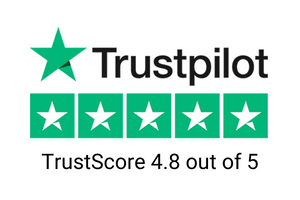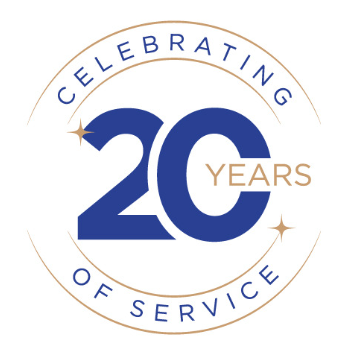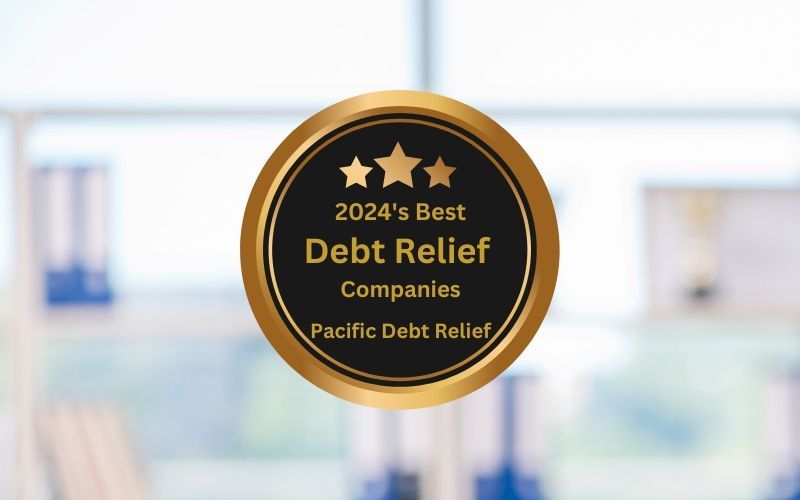Last Updated: February 26, 2024
Which One Should You Choose?

In the world of finance, understanding the difference between simple interest and compound interest is fundamental, whether you're saving for the future or paying off debt. At its core, interest represents the cost of borrowing money or the reward for saving, but not all interest is calculated equally.
Simple interest is straightforward, calculated on the principal amount alone, making it predictable but potentially less lucrative. Compound interest, however, has the power to transform your financial landscape, as it accumulates on both the principal and the previously earned interest, creating a snowball effect that can significantly increase your savings or the cost of your loans over time.
This article dives deep into the nuances of both types, offering insights that could help you make more informed financial decisions. Whether you're investing, saving, or borrowing, understanding these concepts is crucial in navigating the financial world effectively.
If you'd like to skip the article and speak to a debt specialist right away, click here for a free consultation.
What is the difference between simple interest vs compound interest?
Simple Interest is the percentage rate that a borrower pays to borrow money for a fixed period, while compound interest will be calculated on top of what has already been borrowed meaning as time goes by more and more interest charges accrue until repayment begins.e. when a borrower pays interest on the principal plus accrued interest charges.
Simple Interest, however, is just paying off what has been borrowed without any extra added in over time which means that more payments are necessary to pay off the loan. Simple interest is also typically paid on a yearly basis with compound interest being calculated more often so it can be paid off quicker.
How to calculate the annual percentage rate (APR) on a loan
The APR or Annual Percentage Rate of borrowing money for one year is calculated by considering both simple and compounded interests as follows: Simple Interest Rate + Compounded Interest Charges / Year = Total Cost For One Year.
Most financial institutions don't offer compound interest rates, which makes it difficult to evaluate the true cost of a loan unless you are aware that there's no such thing as free lunch in this world - everything comes with at least some strings attached somewhere down the line. For a deeper understanding of how APR and credit card interest are calculated, this resource offers valuable insights: How Does Credit Card Interest Work.
How much of your paycheck will you spend on interest? Use our Pacific Debt Credit Card Interest Calculator to find out. Understanding the factors influencing credit card interest rates can be crucial. Read more about why your credit card interest rate might be increasing here.
What is compound interest and how does it work?
Compound Interest is interest calculated on the principal, as well as any interest that has been accrued over time. Simple Interest is only an annual rate of charge for borrowing money. Compound rates are usually higher than simple rates and can be a better way to pay off debt!
Often people have trouble understanding the difference between compound vs. simple interests because they confuse with present value formulas which calculates how much it costs today at a specified discount rate or future worth formula which reveals what you will need in your retirement account now when invested compounded either annually or quarterly so these two calculations would not take into consideration inflation but instead just show if there’s enough savings available to meet your current expenses.
Why you should always pay off your loans as quickly as possible
Paying off debts as soon as possible is a crucial part of having good financial health. If you are late on payments or miss them altogether, it can create long-term problems for your finances that will affect the rest of your life! The worst kind of debt to have before graduating from college and entering adulthood is credit card debt because those charges often come with high interest rates - which means you're paying more than the original lender when they charge us an arm and leg in fees every month.
Some studies even show that any kind of post-college student loan has higher chances to become a problem later in life; so making sure we stay out ahead now by paying our loans down early might be one way to avoid this issue completely going forward.
Why credit cards are so dangerous for people
Credit cards are dangerous for people because they provide a quick and easy way to overspend.
The problem with credit cards is two-fold, and stems from the psychology of debt. First, it's easier to spend money on something when you don't have to make the full payment until later; this is compounded by the fact that we also want what we can't have.
Second, credit card companies allow us to buy now but pay later so that even if our primary income stream dries up tomorrow we still feel able to continue living our lives today; this would not be possible if each purchase required cash or a check (which are slower forms of payment).
How to avoid paying too much interest
Go shopping around for the best rates from reputable companies. At least do research on the internet to see what your bank charges and call a few around if they offer better rates.
Pay off high-interest loans before low-interest ones. For example, if you have two credit cards with different rates that are about equal in size at 15%, pay whichever one has an interest rate of over 15%. This way you'll avoid paying too much in back interest every month as well as actually reducing the overall amount left to be paid back on the card.
The importance of compounding in retirement planning
The importance of compounding in retirement planning is because it lets you take advantage of the power of interest. The higher your savings rate is, and the longer you can save for, the more powerful compound interest will be.
The longer you can save, the more money your savings account or investments can make in a given period of time which is why it's important to start as early as possible!
FAQs
Conclusion
Our conclusion is that the difference between compound and simple interest is found in the calculation of how much money will be owed. Compound Interest has an additional component which calculates for the time value of money, resulting in a higher total amount being owed to pay back your loan.
If you're considering taking out a loan or credit card debt, it's important to know what kind of interest rate you'll be paying so that you can plan accordingly.
If you're struggling to make payments or want to get out of debt and don't know where to turn, contact us today so we can consult with you on the best ways to proceed!
Disclaimer: The information in "Simple Interest vs. Compound Interest" is for educational purposes only and not intended as financial advice; consult a professional for guidance tailored to your situation.
Reduce Your Credit Card Debt By Up to Half

BBB Reviews | 4.9/5.0 Rating









 Do Not Sell My Personal Information
Do Not Sell My Personal Information